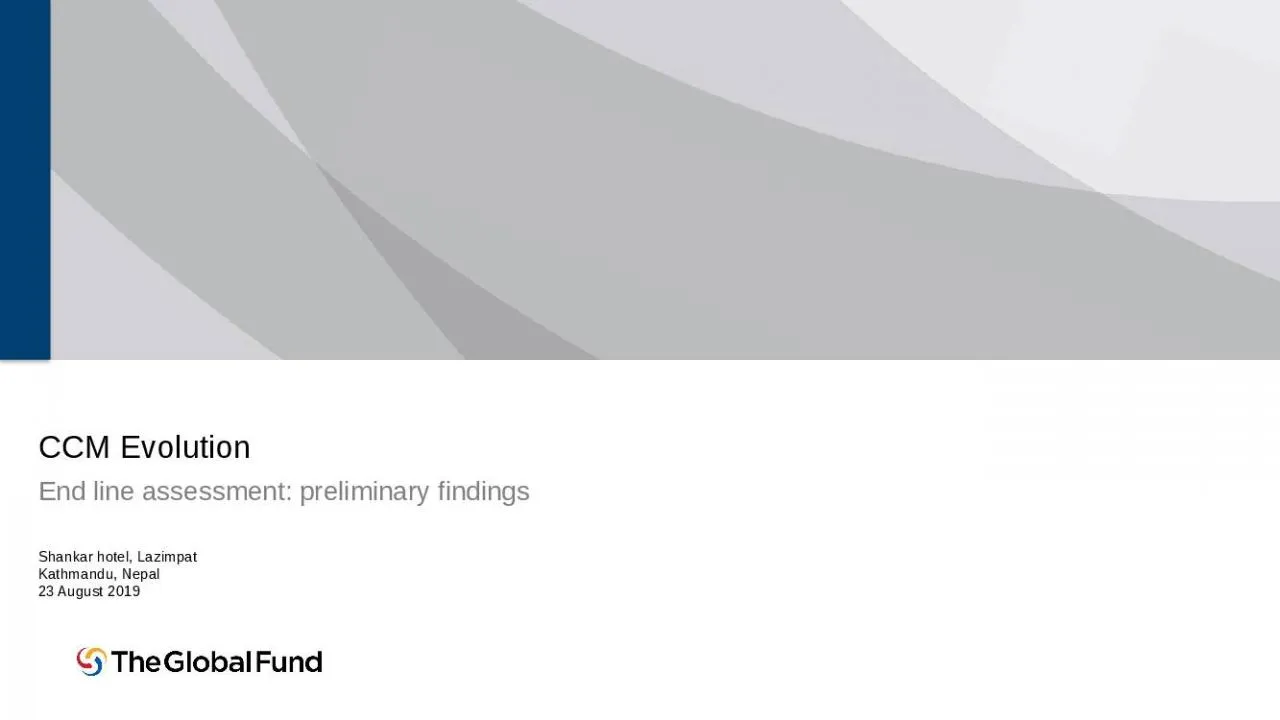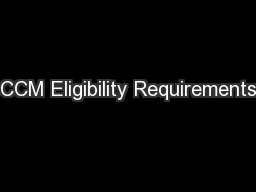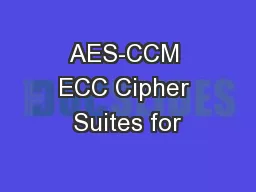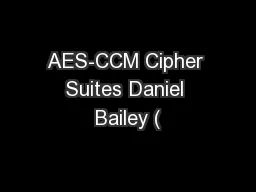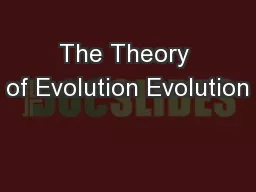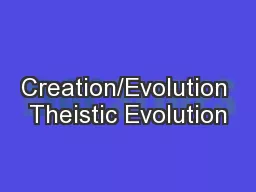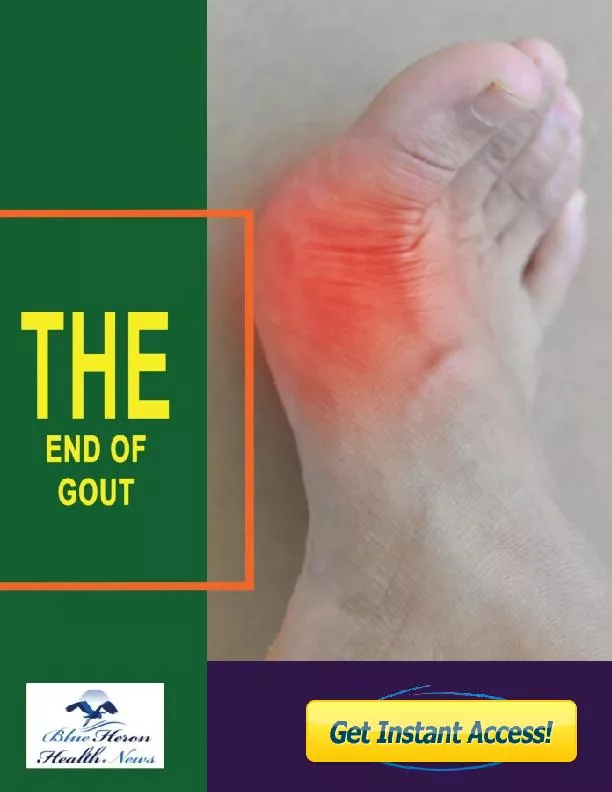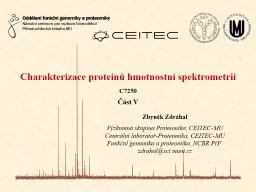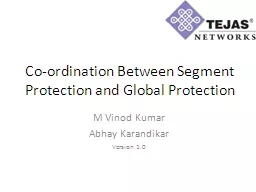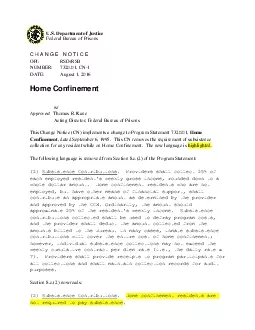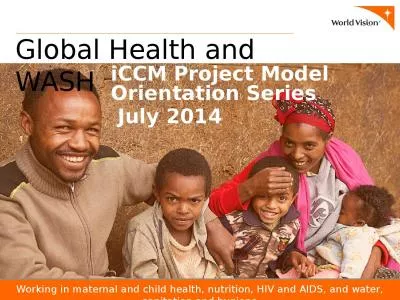PPT-CCM Evolution End line assessment:
Author : mary | Published Date : 2022-05-14
preliminary findings Shankar hotel Lazimpat Kathmandu Nepal 23 August 2019 2 Items 1 Introduction 2 Key findings Preliminary results 3 Discussion on prioritization
Presentation Embed Code
Download Presentation
Download Presentation The PPT/PDF document "CCM Evolution End line assessment:" is the property of its rightful owner. Permission is granted to download and print the materials on this website for personal, non-commercial use only, and to display it on your personal computer provided you do not modify the materials and that you retain all copyright notices contained in the materials. By downloading content from our website, you accept the terms of this agreement.
CCM Evolution End line assessment:: Transcript
Download Rules Of Document
"CCM Evolution End line assessment:"The content belongs to its owner. You may download and print it for personal use, without modification, and keep all copyright notices. By downloading, you agree to these terms.
Related Documents

